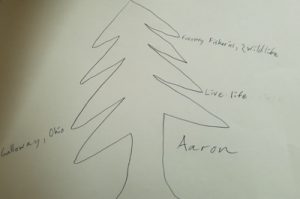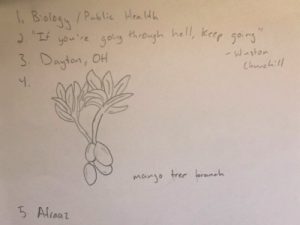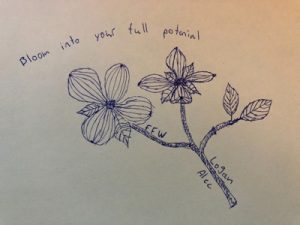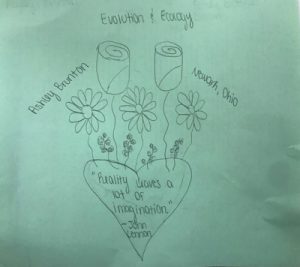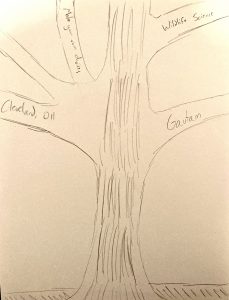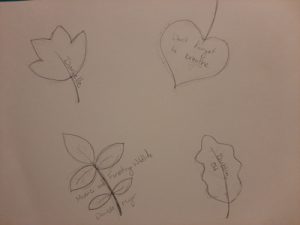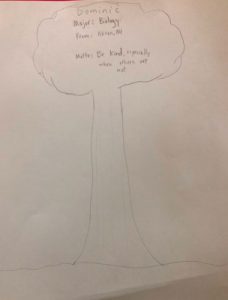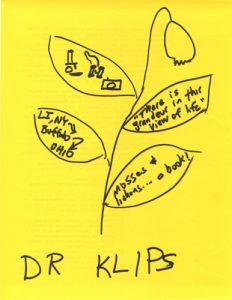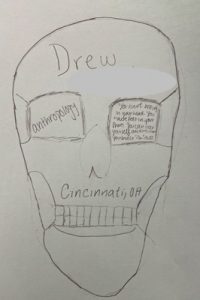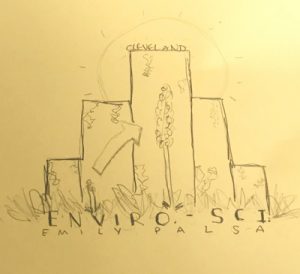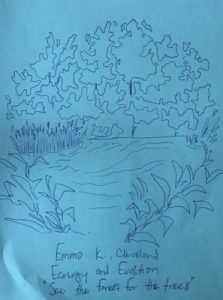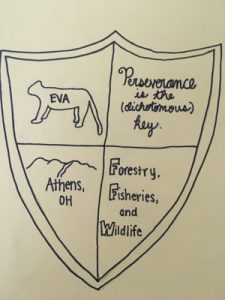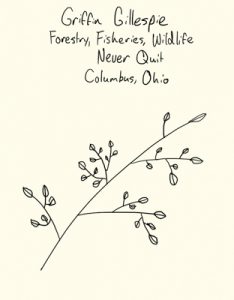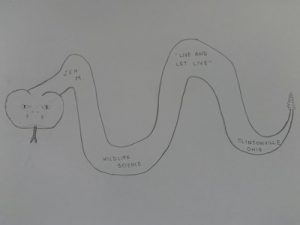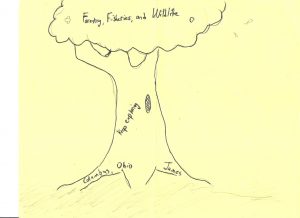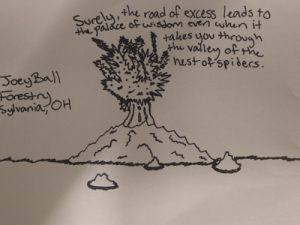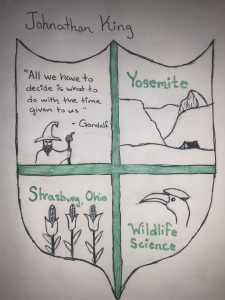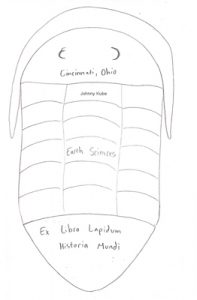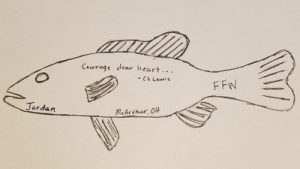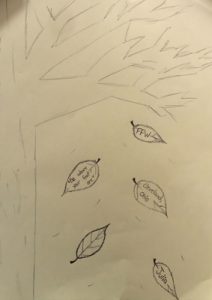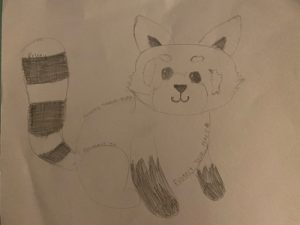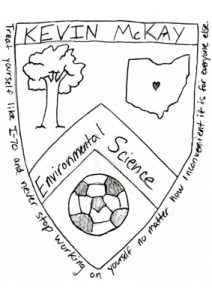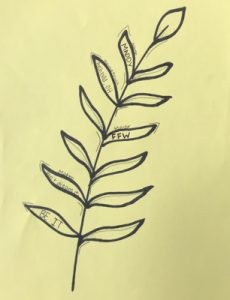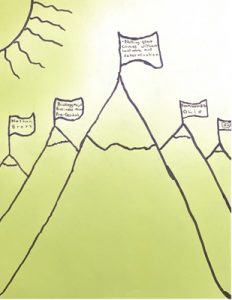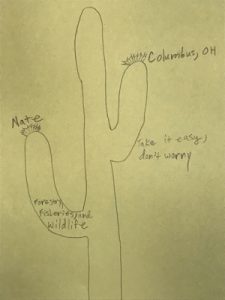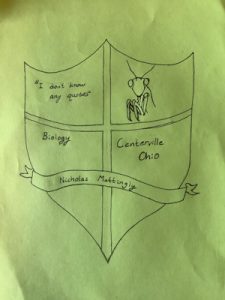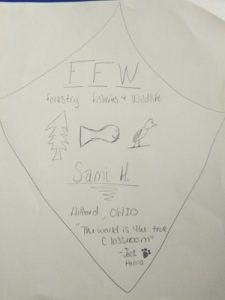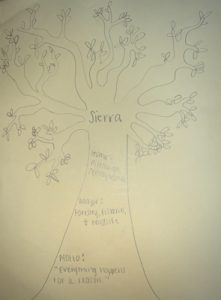Aaron B., on their BOTANICAL SURVEY OF DYER MILL TRAIL page, encourages us to work toward eliminating the invasive autumn olive in the following manner (be specific as to end use).
Afraaz Z., on their FLOWERS page, spotted a flower that is crazy!? What was that crazy flower and what was crazy about it?
Alec L., on their CAMP OTY’OKWA OLD GROWTH FOREST TRAIL page found that three of the 4 plants assessed for association with a particular substrate type matched that at the trail, but one did not. What was the odd substrate non-matching plant, and how can it be recognized in the field?
Ashley B., on their PLANTS OF WHETSTONE PARK page relate an interesting thing about the invasive plant buckthorn. What is it?
Ashley M., on their BOTANICAL SURVEY UPDATE page mentions what unexpected use of pokeweed by Civil War soldiers?
Gautan A., on their TREES page, explains the origin of both parts of the common name of Acer negundo. What is the explanation?
Danielle R., on their TREES page, specifies a very indicative feature of river birch, and a way in which that plant part can be use. Name the feature and its use.
Dominic C., on their PLANTS OF IUKA PARK page, mentions that white snakeroot has a “dark past.” Explain that, please.
Dr. K., on their MARION CAMPUS PRAIRIE page, shows peculiar swollen growths on some shingle oak trees. What are they, what causes them, and how have they been put to use?
Doug W., on their BOTANICAL SURVEY UPDATES page, tells us about a wildlife use of pokeweed that unfortunately might not matter much now. What is that use, specifically (name the bird)?
Drew H., on their PLANTS OF GLEN ECHO! page, mentions insect associates of American hophornbeam. What are they?
Emily P., on their GEOBOTANY page, found 3 out of 4 plants that seemed to match a high-lime substrate at the site, but one that didn’t. What was the odd one, and where is it typically found?
Emma K., on their SITE UPDATE page, mentions a medicinal use of purple coneflower. What is that use?
Eva B., on their CC VALUES INVASIVES AND GEOBOTANY page, tells us how to tell apart tree-of-heaven and black walnut. How so?
Griffin G., on their OLENTANGY WETALNDS FEILD SURVEY page, tell us several uses of the wood of green ash. What are they?
Hayley D., on their END OF TERM PART 3 page, look a squirrel!!!! What was special about the squirrel and, more to the botanical point, what tree was it on, and what is the substrate affinity of that tree?>
Heather M., on their EMILY TRAPHAGEN PARK COEFFICIENTS OF CONSERVATISM page, mention the distinctive shape of one of the high CC trees. What is the tree and the shape?
Jennifer M. on their PLANTS OF OVERBOOK RAVINE PARK page, tells us 2 startling facts about Common Ragweed pollen. How many pollen does this plant produce and how far do they travel?
James S. on their TREES page, mentions a nickname for Catalpa bignonioides. What is the nickname and where did it come from?
Joey B., on their TREES page, describes a how Native Americans used this tree to build canoes. Please name the tree species!
Johnathan K., on their FLORAL QUALITY ASSESSMENT INDEX, describes a unique ecological defense Monarch larvae and butterflies get from feeding on Common Milkweed. What is that defense?
Johnny K., on their FLOWERS page, has one picture of a plant with a square, hairy stem. Name the plant and the plant family to which it belongs.
Jordan J., on their CC SCORES/INVASIVES/SUBSTRATE-ASSOCIATES page, mentions several animals that eat white ash seeds. What are these animals?
Julia B., on their MORE WHETSTONE WONDERS page, states the lifespan of the Bitternut hickory. How long do these majestic beauties live?
Kelsey R., on their PLANTS OF THE OLENTANGY WATER TRAIL page, mentions one possible mode of introduction for the invasive species, Purple Loosestrife. What is the hypothesized method of introduction?
Kevin M., on their GRIGGS RESERVOIR PARK BOTANICAL SURVEY page, describes 3 species that don’t match Jane Forsyth’s “Geobotany” article. What are the three species, and why might they not match up with the soil substrate?
Maddy G., on their SURVEY SITE UPDATE page, mentions a nickname of Osage orange. What is that nickname and where does it come from?
Nathan B., on their BOTANICAL SURVEY UPDATE page, has 2 species in the FQAI section that have poisonous fruits. What are those two species?
Nate S., on their EXPLORING THE WONDERFUL WORLD OF TREES page, describes Red Mulberry leaves. Why is this plant so hard to identify?
Nicholas M., on their SURVEY SITE UPDATE page, suggests Virginia Creeper has been used as an ornamental species. Please explain one pro and one con of planting Virginia Creeper in cities.
Rachael K., on their DENDROLOGY page, describes some ways in which humans use River Birch. Please name 2 ways people use this species.
Sami H., on their FLOWERS page, tells us about one common Ohio plant being used as a coffee additive. Name the species, part of plant that is used, and location in the US that commonly adds it to coffee.
Sierra L., on their BOTANICAL SURVEY UPDATES page, states that Black-eyed Susans are a “pioneer plant”. What does that mean?
LINKS TO WEB SITES

